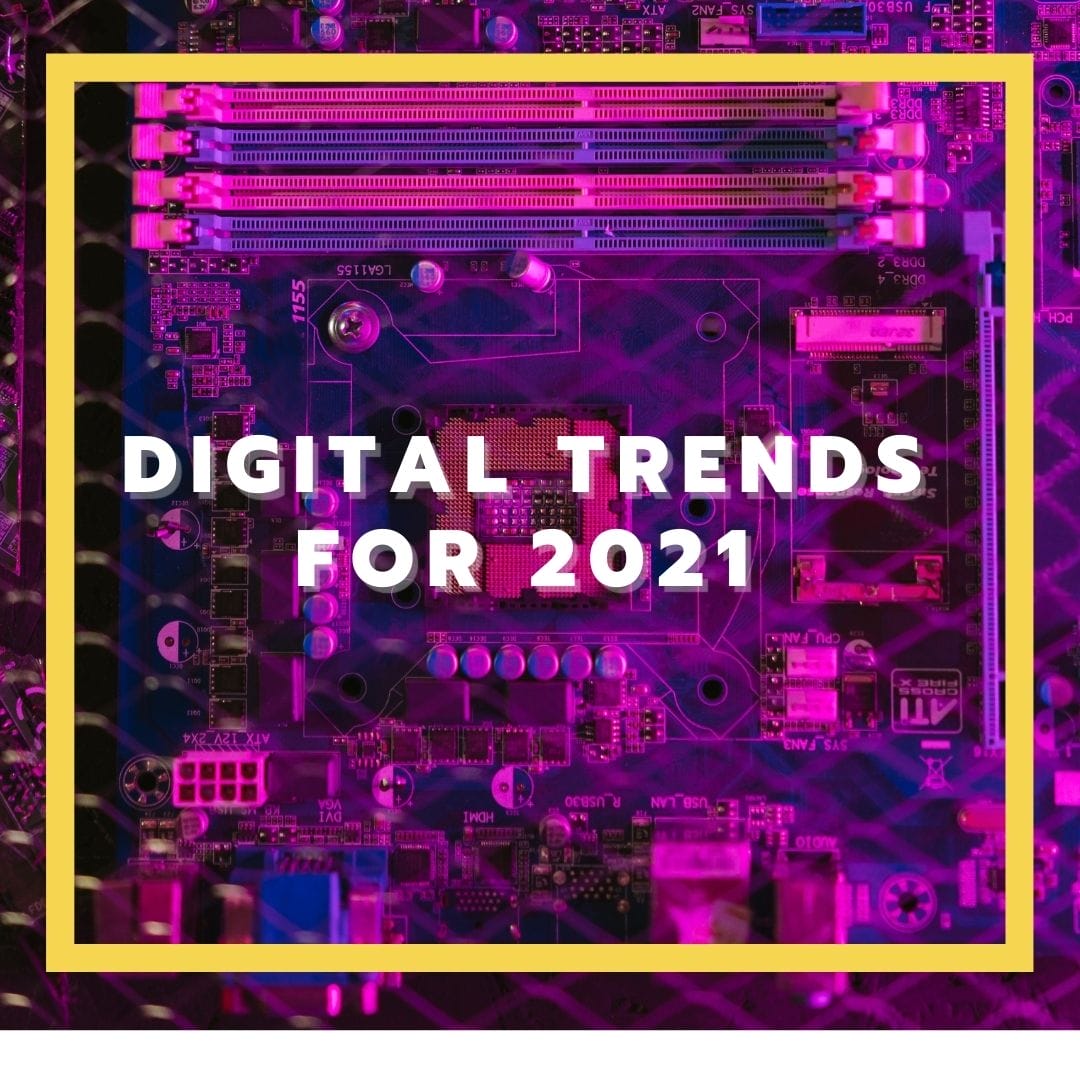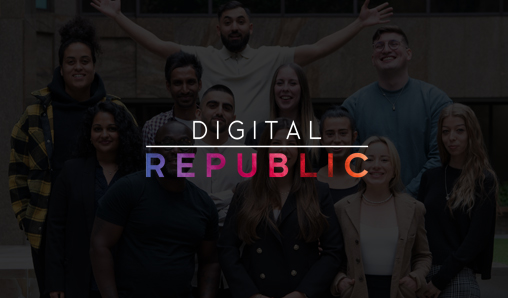
What Should Marketers Do In A Global Recession?
 Thanks to the shockwaves of Covid-19, most global markets are in or hurtling towards, an economic recession. In the face of one of the most trying financial eras for brands and agencies alike, The Drum turns to some analysts and experts to assess the practical steps they can take in a downturn – whether they’re based in Singapore, Seattle or Southbank.
Thanks to the shockwaves of Covid-19, most global markets are in or hurtling towards, an economic recession. In the face of one of the most trying financial eras for brands and agencies alike, The Drum turns to some analysts and experts to assess the practical steps they can take in a downturn – whether they’re based in Singapore, Seattle or Southbank.
It was early June when the World Bank first issued its prediction that the “swift and massive” shock of Covid-19 would plunge the global economy into a “severe contraction”. It forecast that the global economy would shrink by 5.2% in 2020, representing the deepest recession since WWII.
Fast forward little over one month and numbers statistics are emerging from various markets that support this prognosis.
The UK has officially entered its first recession in 11 years, with the economy shrinking 20.4% compared with the first three months of the year. In the second quarter of this year, the US economy shrank by 9.5%, it was down 32.9% year on year – bigger than any decline on record. Singapore just recorded its worst quarterly performance ever, with the city state’s growth plunging 13.2% year on year, and full-year GDP forecast to contract anywhere between 5 to 7%.
A drop in consumer confidence across Europe means France, Germany and Italy have also also seen their GDP growth slump for two consecutive quarters; all matching what economists consider to be the technical definition of a recession.
In short, many of the world’s biggest ad markets (bar China, which saw growth last quarter as its economy recovered from the pandemic) are headed, or currently in the midst of, a recession.
The perceived wisdom for marketers in a downturn has typically been that they should continue to invest in their brand and resist pressure to reduce ad spend dramatically so as not to jeopardise long-term growth. Some brands, like P&G, have taken this advice quite literally. Others (hello Coca-Cola) have ignored it. On the whole marketers are being tentative about their ad investing, with global corporations telling the World Federation of Advertisers (WFA) in March that they planned to contract budgets until at least December
So, what practical steps should brands, and their agencies, take in the face of what might just be the deepest economic crisis in history?
Consider the context and use your data wisely
 For Sanchit Jain, technology and media analyst at Enders, it’s important that decision-makers in the advertising industry take a breather and consider the context of the current global slump.
For Sanchit Jain, technology and media analyst at Enders, it’s important that decision-makers in the advertising industry take a breather and consider the context of the current global slump.
“It’s important to remember that while we’re in a worse economic situation than a decade ago, the underlying drivers are entirely different,” he says, pointing to the 2009 financial crisis.
“Though that was devastating, it didn’t create the same level of economic uncertainty as the pandemic has. Households are worried about job security, overall health and their future economic prospects — to an extent not seen a decade ago. Nevertheless, marketers cannot afford to fall into the same cautious mindset as consumers at the moment — in doing so, they will forego invaluable opportunities.”
Jain points out that consumer spending is still simmering under the surface. Indeed, the Office for National Statistics (ONS) found that retail expenditure returned to pre-pandemic levels in June.
Marketers, he argues, need to remain calm and use the data at their fingertips to track (and respond to) changing consumer behaviour very closely. What they shouldn’t do is get caught in the trap of expecting consumer spend to remain moribund: if they do, Jain cautions that they’ll miss out on the falling cost of media and higher-than-normal engagement from customers stuck at home.
“Marketers holding their nerve will weather this storm,” he says.
Scott McKenzie, global intelligence leader at Nielsen, agrees brands should be using their influence to steer customers through this tumultuous time.
“There’s a risk that brands will want to adopt a “wait and see” attitude before committing to supporting products in a big way,” the analyst explains.
“Assuming they have the product and positioning right, consumers are looking for guidance (via the messaging in advertising, promotion etc) that helps them make smart choices when they feel increasingly pressured financially. Additionally, those who innovate in tough times inevitably come out much further in front when things get better.”
Do less, better
 Julian Barrans has worked in marketing for over 20 years, with more than half of that time in the APAC region at client-side with brands like MasterFoods and on the data side at TNS (now Kantar). Now business director for Asia at management consultancy TrinityP3 his practical advice for marketers on both sides is to do less, better
Julian Barrans has worked in marketing for over 20 years, with more than half of that time in the APAC region at client-side with brands like MasterFoods and on the data side at TNS (now Kantar). Now business director for Asia at management consultancy TrinityP3 his practical advice for marketers on both sides is to do less, better
“Budgets will be more under pressure than usual. It is impossible to do everything. In fact, it is better to do less, better,” he says, advising brands to build a “priority matrix” that will allow them to prioritise their spend based on actions that are either strategically important, financially important or both.”
He explains: “Having a matrix or framework makes it easier to say no to those activities that are not important or essential. And it will make your budget work harder on the right brand activities. You have to be brutal in how you apply your priority framework as every brand manager will be screaming out for their brand to be a priority.”
He acknowledges that this might put CMOs in a “lonely place,” but concedes that only the marketing head has the ability to see what’s critically important in delivering bang for buck versus the nice to have.
“That plan to launch a new initiative where spend way outweighs any income (read negative return) just has to be postponed,” he says.
Barrans argues that agencies need to support their clients during this time by finding ways to make budgets go further.
“This is not doing more for less, but providing their clients with options… agencies should be advising their clients on how to be smarter.
“Ad shops talk about creativity, recessions are opportunities to prove the value of creativity by creating value and results. Additionally, they can help by thinking how they can put their clients in touch with each other to work on mutually beneficial brand activity tie ups. It’s a potential win, win, win situation.”
Invest in digital transformation
 According to the International Data Corporation (IDC), the digital transformation of business practices, products, and organisations will continue at a solid pace despite the challenges presented by the pandemic.
According to the International Data Corporation (IDC), the digital transformation of business practices, products, and organisations will continue at a solid pace despite the challenges presented by the pandemic.
Global spending on transformation tech and services is forecast to grow 10.4% in 2020 to $1.3tn. This is notably slower than the 17.9% growth in 2019, but it remains one of the few bright spots in a year typified by dramatic reductions to investment across the board.
Kenny Powar, chief exec of digital and design consultancy Rebel Owl, acknowledges that this turbulent climate has accelerated the need for organisations to shift towards digital-first models and that this must continue at a fast pace if they are to survive a double dip
“As every company across every category fast-forwards its digitisation efforts, the demand for skilled, experienced, and digitally-literate talent has become even more acute. Finding, hiring and on-boarding such talent invariably takes time, but never more so than during a crisis.
He offers some positivity, saying this moment is “an era-defining opportunity for brands and specialist agencies”.
“In the increasingly complex and ever-evolving world of digitisation, brands require access to a wide array of skills from research, design, development and operations from agencies. A more collaborative and dynamic design sprint-style method of working will also be required rather than the brief, develop, review model of old”
Agencies, he advises, need to be able to offer specialist, experienced teams in an agile manner and not be bogged down with outdated internal processes.
Focus on what you can do for your customers
 Learning from past, and recent, recessions, Wunderman Thompson APAC chief exec Annette Male, says businesses that innovate out of a recession by focusing on consumers will be the dominant brands of tomorrow.
Learning from past, and recent, recessions, Wunderman Thompson APAC chief exec Annette Male, says businesses that innovate out of a recession by focusing on consumers will be the dominant brands of tomorrow.
“The thing I like to remember is how many great companies and new service models were born from recessionary times. From Airbnb and Uber, who propelled the gig economy as a way for people to earn extra money during the Financial Crisis, all the way back to Disney which launched during the Great Depression using cartoons as a way to bring back a bit of happiness, recessions always bring new needs to the surface and drive innovation.
“As such, I think we need to recognise that there is nothing in a recession that can be taken for granted. There can be no sacred cows and we should always be looking at innovative solutions to the problems that spring up because it is during these times that truly disruptive ideas can take root. Our job as marketers should be to guide that process and to identify the innovative ideas and risks worth taking,” she adds.
Male says that while budgets and costs will “loom large”, marketers should not be distracted by this and instead always focus on what you can do for your customers.
She says there are three areas of focus for marketers: Firstly, what might prevent customers from engaging, or from getting access to our product and service, to see if we can unblock the barriers. Secondly, what new problems or challenges are being created in their lives that might change the relevance of what we deliver, and how do we compensate. And finally, what behaviours are they adopting that might not have been as prevalent before, and how do we make sure we fit in with those behaviours, rather than expecting them to keep doing things the way they were before.
“As hard as it might be, that has to remain the priority because if we are going to keep our customers it will be because they value the service we offer,” she says.
Stick with the tried and tested approach
 Coca-Cola put the brakes on ad spend in April and has since said the pandemic is forcing it to have a big-picture rethink about where it invests its marketing dollars. However, in the 2009 global crash, the brand cemented its status as a “recession-proof” brand by continuing to spend on new products and campaigns.
Coca-Cola put the brakes on ad spend in April and has since said the pandemic is forcing it to have a big-picture rethink about where it invests its marketing dollars. However, in the 2009 global crash, the brand cemented its status as a “recession-proof” brand by continuing to spend on new products and campaigns.
Oscar Orozco, senior forecasting analyst at eMarketer, argues that history has repeatedly shown that brands who continue to sustain their marketing efforts through an economic downturn, yield higher ROI in the long-term.
He adds: “Considering current economic woes are brought on by a global pandemic, we can expect the bounce-back to be even stronger than we have seen in the past. With digital transformation accelerating across all verticals, marketers should shift budgets to performance marketing formats, and focus on mid and lower funnel campaigns and conversions.
“Restrategising and concentrating on attribution will lead to a faster rebound when the economic situation normalises.”
He would have agencies and brands take a two-pronged approach to the situation.
“Top-down, brands should focus on consolidating campaigns and appropriate messaging, as brand perception is most important during a time of economic uncertainty. Consumer habits will be altered in the long-term and there will be opportunities to make long-lasting connections with them.
“Bottoms-up, brands must be nimble and should look for deals and take advantage of lower CPAs/CPMs. Agencies should emphasise their breadth of knowledge and experience navigating similarly treacherous times.”
Originally posted by Rebecca Stewart via The Drum here
If you found this blog interesting, you might want to check out this one too.



